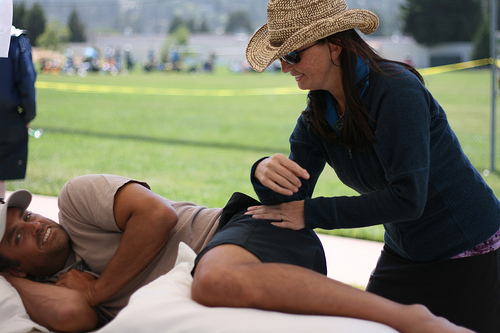
Massage after workout
Another way to boost recovery is to get a massage, this is becoming more widely popular in the current market and there is a lot more opportunity to grab one. The benefits of a massage are the manipulation of the muscle stimulates blood flow which is needed to help get the waste product lactic acid away from the muscle. It also helps to straighten out any kink's there might be from torn muscle strands as the masseuse is able to feel these and massage them out, because if these knots stay in the muscle it causes scar tissue and pain. A recent study in the LA Times has shown very positive results about the benefits of massage after exercise.
- Important notification about information and brand names used in this slideshow!
- Photo courtesy of Richard Masoner / Cyclelicious by Flickr : www.flickr.com/photos/bike/8709076736/
- articles.latimes.com/2012/feb/01/health/la-he-massage-20120202
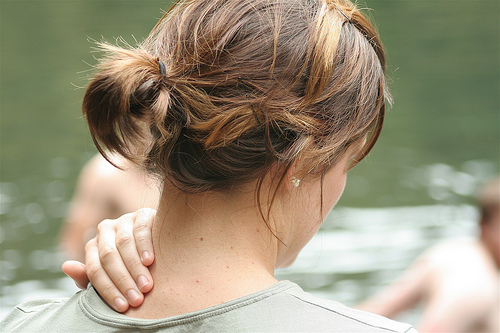
What's causing sore muscles?
Whenever we exercise our muscles are being put through huge amounts of stress and each muscle dependant on size reacts in its own way. Muscles like the biceps are made up of tiny strands that lay alongside each other to make up the whole muscle and attach to bones at either end via ligaments. As you exercise these strands get damaged and torn - called micro tears - and its when these tears are repaired and rebuilt that the muscle becomes much stronger. But in turn the pain after exercise which is known as delayed onset of muscle soreness (DOMS) from the damage caused can last from 12-72 hours.
- Important notification about information and brand names used in this slideshow!
- Photo courtesy of Aidan Jones by Flickr : www.flickr.com/photos/aidan_jones/3117187373/
- physicalliving.com/15-ways-to-prevent-and-heal-muscle-soreness/
- http://www.webmd.com/fitness-exercise/features/art-sore-muscles-joint-pain
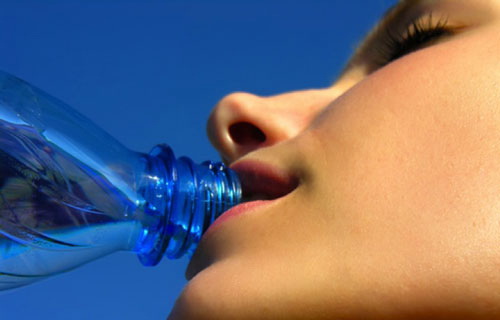
Stay hydrated
Nothing stops training like having sore muscles the day after a good workout, so finding ways to prevent this can make all the difference. Staying hydrated during a session will help limit the risk of soreness and drinking 500ml prior to exercise, during and then 500ml after will make sure the muscles stay supple. A secondary aid to lower the risk is to use sports drinks that contain electrolytes to give the muscles back the essential nutrients such as potassium and sodium. Being well hydrated keeps the joints loose and feeds the cartilage to stop friction and making movements much easier, pair this with a good warm up and you are more than ready for exercise while lowering any chance of muscle soreness.

Get plenty of good nutrition day before and eat a full meal within an hour or two of your training
The body needs fuel to be able to work at the best of its ability, you wouldn't try to drive a car without petrol in it and the body works in exactly the same way. Its important to eat a well rounded meal the day before which contains a high amount of carbohydrates to work as the energy source and also high in protein which helps repair the damaged muscle tissue. You can also eat a high carb snack prior such as a banana or smoothie prior to the workout. During the workout it is best to keep eating to a minimum to avoid getting an upset stomach, snacks such as energy drinks or small fruits like raisins are good to keep your fuel topped up. But the most important meal is the one after exercise which needs to be consumed within an hour after, typically 1g of carbohydrate per kg of body weight (if you weigh 80kg then eat 80g or carbs). Also a protein shake or supplement is great for helping repair muscle quickly.
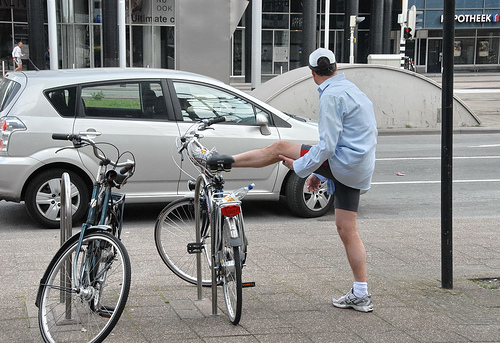
Warm up properly
Being fully prepared for the workout involves a warm-up as well as nutrition. Before you begin any strenuous exercise you need to perform a proper warm up. This consists of 3 phases which are a pulse raiser, dynamic stretching and developmental stretching. Firstly you need to get the heart rate up to increase the blood flow around the body, this can be done by a gentle jog or something similar but not sprinting straight away otherwise this can cause an injury. Once the pulse raiser is complete you can begin dynamic stretches, these are stretches that are performed while moving for example lunges or high knees; this allows the heart rate to stay elevated ready for exercise. Lastly perform a few static stretches on muscles that may be tight or need further stretching and these are called developmental. Examples are standing hamstring stretch or quad stretch.

Take a shower or Epsom salt bath
Taking a hot shower has similar effects to massage in that it increases blood flow by heating up the skin and underlying tissues. This blood flow is essential for getting the nutrients to the muscle for repair as well as removing any unwanted acid or damaged tissue. By switching between a hot and a cold shower increases the efficiency of this. Using Epsom Salts in a hot bath has added benefits of delivering magnesium and sulphates while toxins are removed through the skins porous surface. It is has been shown to be beneficial for people with low blood pressure as the transfer of minerals improves blood flow to the skin to speed up recovery after exercise.
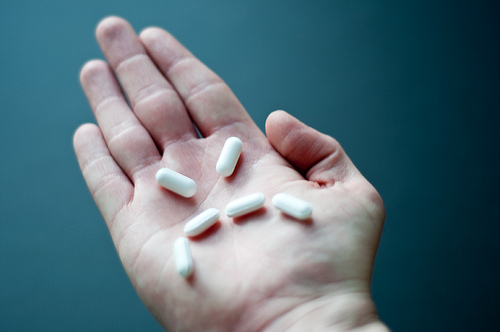
Tylenol and NSAID drugs
Tylenol and NSAID drugs are types of anti-inflammatory drugs which can be used to relieve the pain of sore muscles. They can be bought over the counter and there are many different types such as aspirin and ibuprofen which you have probably used before. They work in two ways, firstly they relieve pain and soreness but they also help to reduce swelling. Using these types of pain relief is fine after exercise but you should make sure to stick to the dosage set for each type and also never use them prior to exercise as this stops the body letting you know when its doing too much. Lastly, everyone reacts differently to medication so not everyone will see the same benefits from these types of drugs and if problems persist you must seek medical advice.
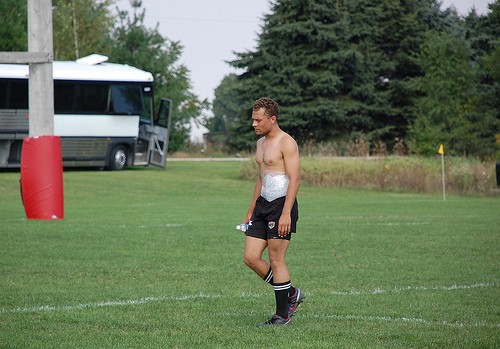
Use ice to relieve soreness
Using ice can help to reduce any pain and soreness that you feel after exercise. Its use can decrease inflammation or swelling of the area affected and it numbs the pain very quickly, it can also be used as a supplement to pain relief medication. You can use ice packs, gel packs or even grab a bag of frozen peas from the freezer. But make sure not to put them directly onto the skin but wrap in a thin towel so you don't damage the skins surface. It is best to apply the ice or cold compress to the affected area for about 15 minutes, any longer and there is no further benefit, and this can be repeated as many times as needed throughout the day.
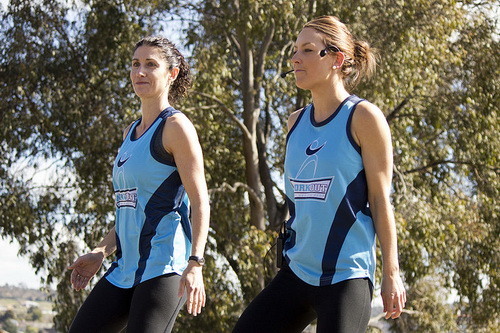
Ease into exercise
The biggest mistake people make is thinking that their body can cope with whatever we throw at it. Which in some ways is true but if you haven't exercised for a long period of time, any previous adaptations your body had have been lost and its important you don't just jump back into an old exercise routine. There is no shame in starting of slow and building your fitness back up to where it may have been or where you want it to be. Because if you go too hard too quick the first thing that will happen is you cant walk for three days or you get injured and cannot exercise for a long time. Seek advice from a personal trainer or similar to put a program together that suits your level and ability and before you know it you will be back on track exercising regularly.
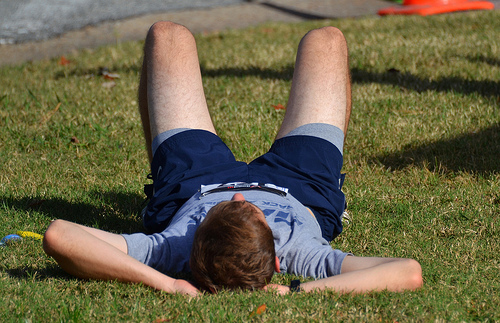
Engage in a workout cooldown
So you've done a killer workout and feeling pumped, but before you leave the gym or session you need to cooldown. This is the one thing that most people forget or choose not to do and this is the key way to prevent sore muscles the day after. Completing a cooldown allows the muscles to stretch and return to normal tension, it allows the heart rate to slow down gradually and help remove waste products like lactic acid from the muscle belly; which is a big contributor to the pain you feel. There are three phases to a cool down similar to a warm up, gentle exercise. static stretching and refuelling. Start a cool down with a gentle walk or cycle with no resistance for two to three minutes, then spend 10 minutes performing a range of static stretches (seated ones are often good here) and my best advice is to grab a protein shake to have as you leave the gym to get the fuel you need to start repairing muscles ASAP.





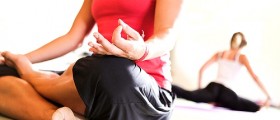

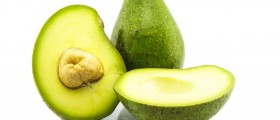
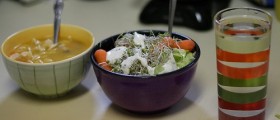
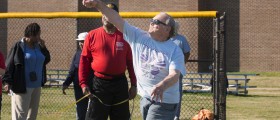
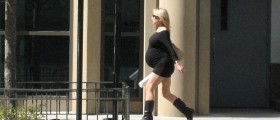
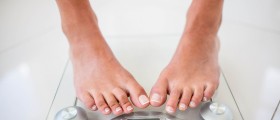

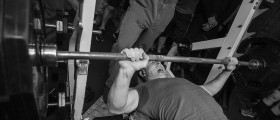

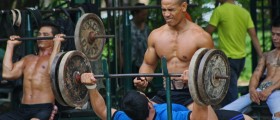


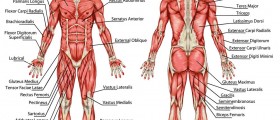
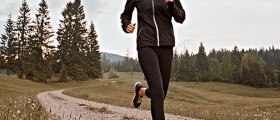

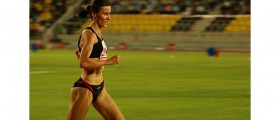
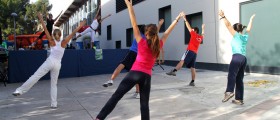
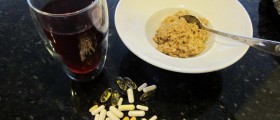
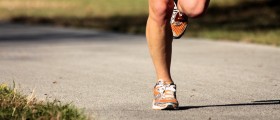
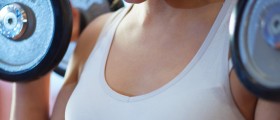
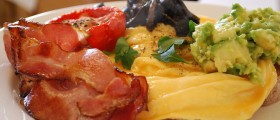
Your thoughts on this
Loading...